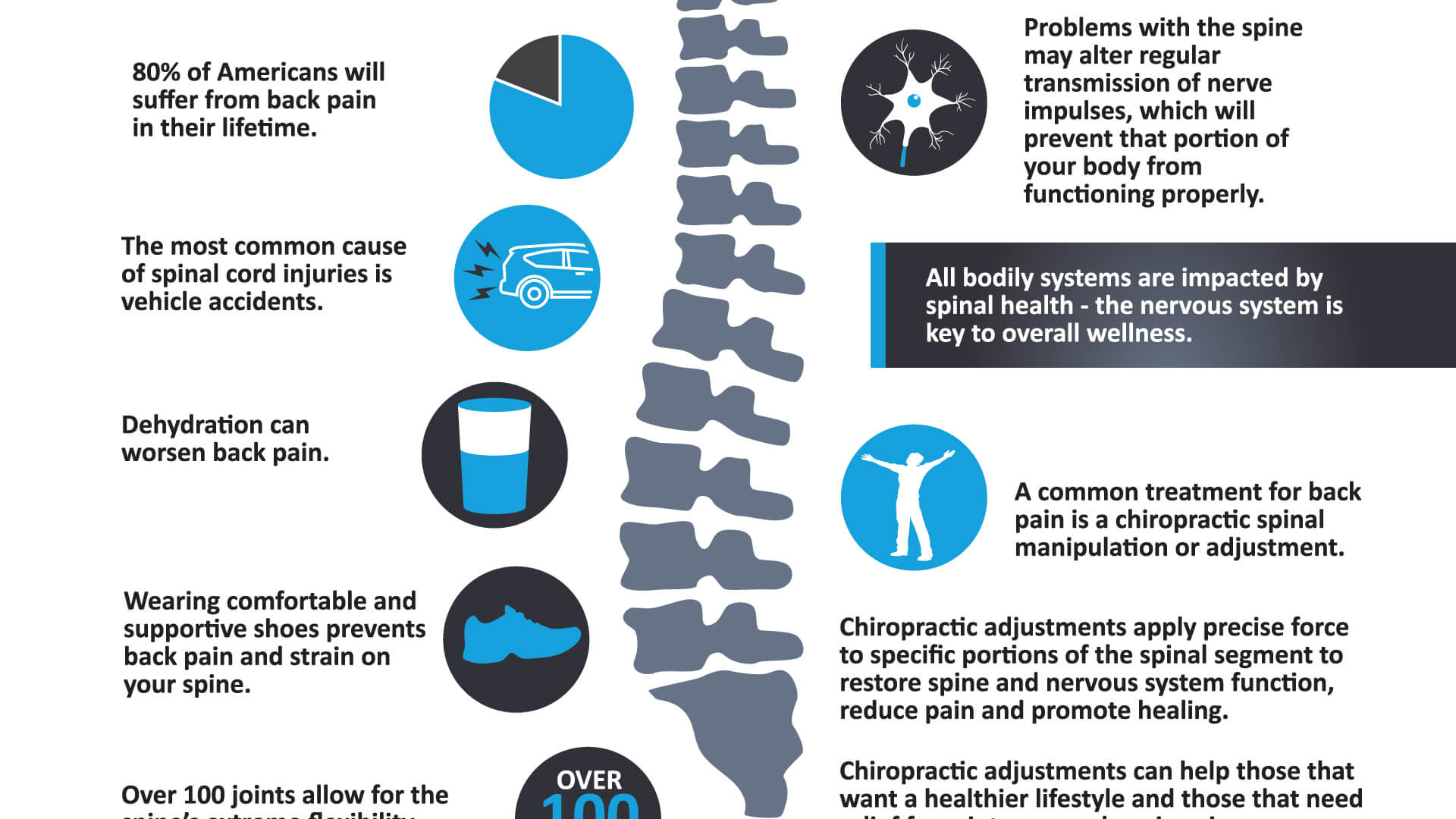The Link In Between Position And Pain In The Back: Ways To Ensure Proper Positioning All Day Long
The Link In Between Position And Pain In The Back: Ways To Ensure Proper Positioning All Day Long
Blog Article
Posted By-Fletcher Patton
Preserving proper posture isn't practically staying up right; it's about straightening your body in such a way that supports your spine and reduces the threat of pain in the back. The way you sit, stand, and relocate throughout the day can dramatically affect your spine health. However exactly how specifically can you ensure excellent positioning continually, also during active days loaded with different tasks? Let's dive deeper right into the subtle yet impactful modifications you can make to your everyday regimen to maintain your back satisfied and healthy and balanced.
Importance of Appropriate Position
Correct stance is crucial in keeping a healthy and balanced back and protecting against pain. When you sit or stand with good stance, your spinal column is in alignment, reducing stress on your muscles, tendons, and joints. This placement permits the body to distribute weight equally, protecting against excessive stress on certain locations that can lead to pain and discomfort. By keeping your back appropriately lined up, you can additionally boost your breathing and digestion, as slouching can compress organs and restrict their performance.
In addition, maintaining good pose can improve your overall appearance and confidence. When you stand tall with your shoulders back and head held high, you show confidence and show up more approachable. https://neuroscience.baptisthealth.net/miami-neuroscience-institute/conditions-and-treatments/sciatica can likewise make you really feel a lot more invigorated and alert, as it promotes appropriate blood circulation and allows your muscles to function efficiently.
Integrating proper pose into your day-to-day regimen, whether sitting at a workdesk, strolling, or working out, is vital for protecting against pain in the back and promoting overall well-being. Keep in mind, a small change in how you hold on your own can make a substantial difference in exactly how you really feel and function throughout the day.
Common Postural Mistakes
When it comes to maintaining good pose, several people unconsciously make typical blunders that can add to neck and back pain and discomfort. Among one of the most widespread mistakes is slouching or hunching over while resting or standing. This placement places extreme strain on the spinal column and can lead to muscle inequalities and discomfort in the long run.
An additional common mistake is overarching the reduced back, which can flatten the all-natural curve of the spine and create discomfort. In addition, crossing legs while sitting may feel comfy, yet it can develop an imbalance in the hips and pelvis, resulting in postural problems.
Using a cushion that's as well soft or also strong while resting can also affect your positioning and add to pain in the back. Finally, continuously craning your neck to look at displays or adjusting your position often can stress the neck and shoulders. Bearing in mind these typical postural errors can aid you preserve better placement and reduce the threat of back pain.
Tips for Correcting Positioning
To enhance your alignment and lower pain in the back, it's vital to concentrate on making small adjustments throughout your day-to-day regimen. Begin by being mindful of your posture. When sitting, guarantee your feet are flat on the floor, your back is straight, and your shoulders are unwinded. Prevent slouching or leaning to one side. Use ergonomic chairs or paddings to sustain your reduced back.
When standing, distribute your weight equally on both feet, maintain your knees somewhat curved, and embed your pelvis. Engage your core muscle mass to support your spine. Take breaks to extend and walk around if you have a sedentary work. Include workouts that reinforce your core and back muscles, such as slabs or bridges.
While sleeping, utilize a pillow that sustains the natural contour of your neck to preserve appropriate spinal positioning. Prevent sleeping on your stomach, as it can strain your neck and back. By being mindful of these tips and making small adjustments, you can gradually remedy your alignment and alleviate pain in the back.
nyc acupuncturists
Remember, keeping excellent pose is essential to stop neck and back pain and promoting back wellness. By bearing in mind your alignment, dispersing weight equally, and engaging your core muscle mass, you can minimize strain on your back and lessen the risk of discomfort and injury. Integrate ergonomic assistance, take routine breaks to extend, and strengthen your core and back muscular tissues to maintain correct placement throughout the day. Your back will certainly thank you for it!
